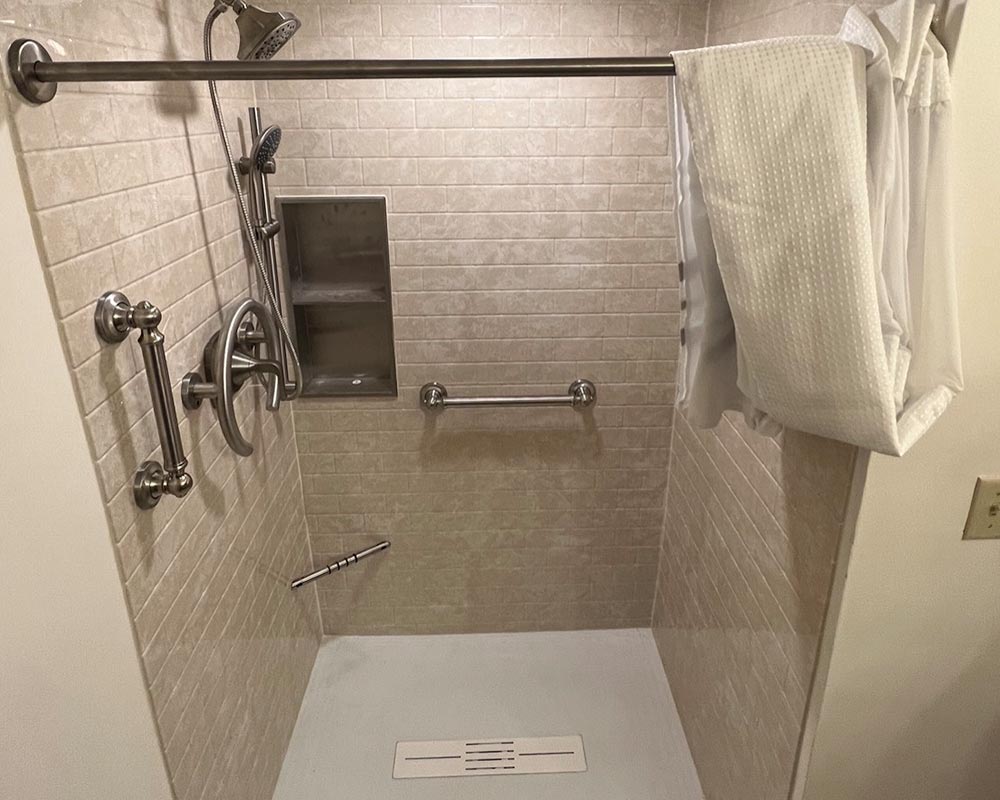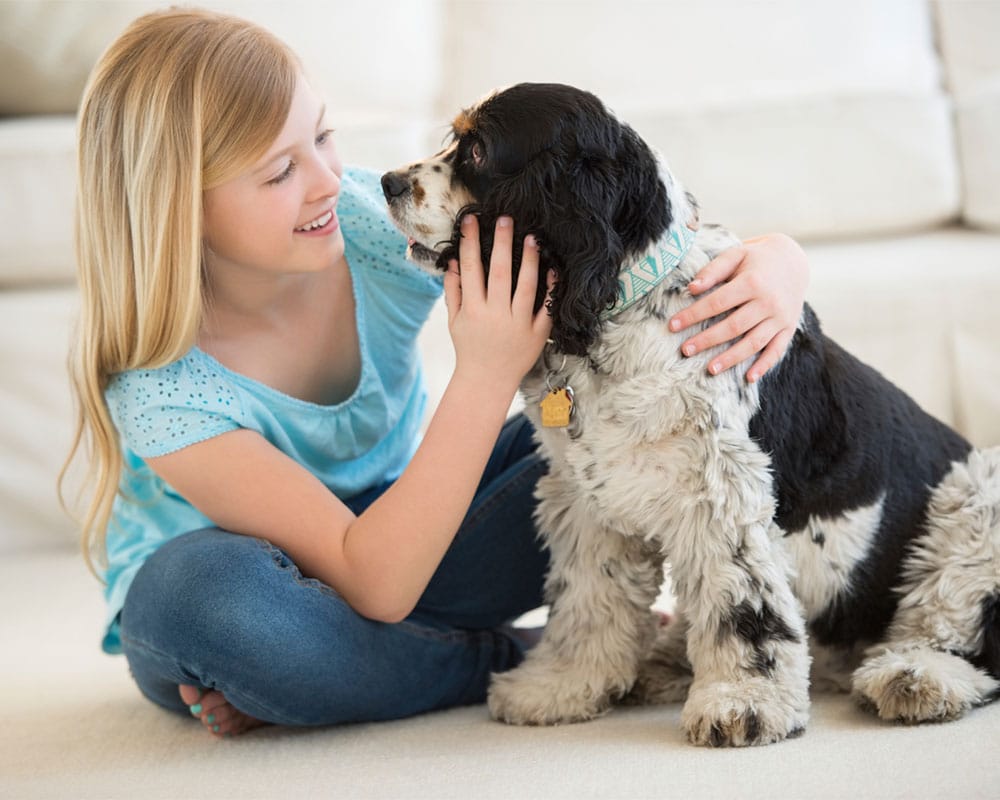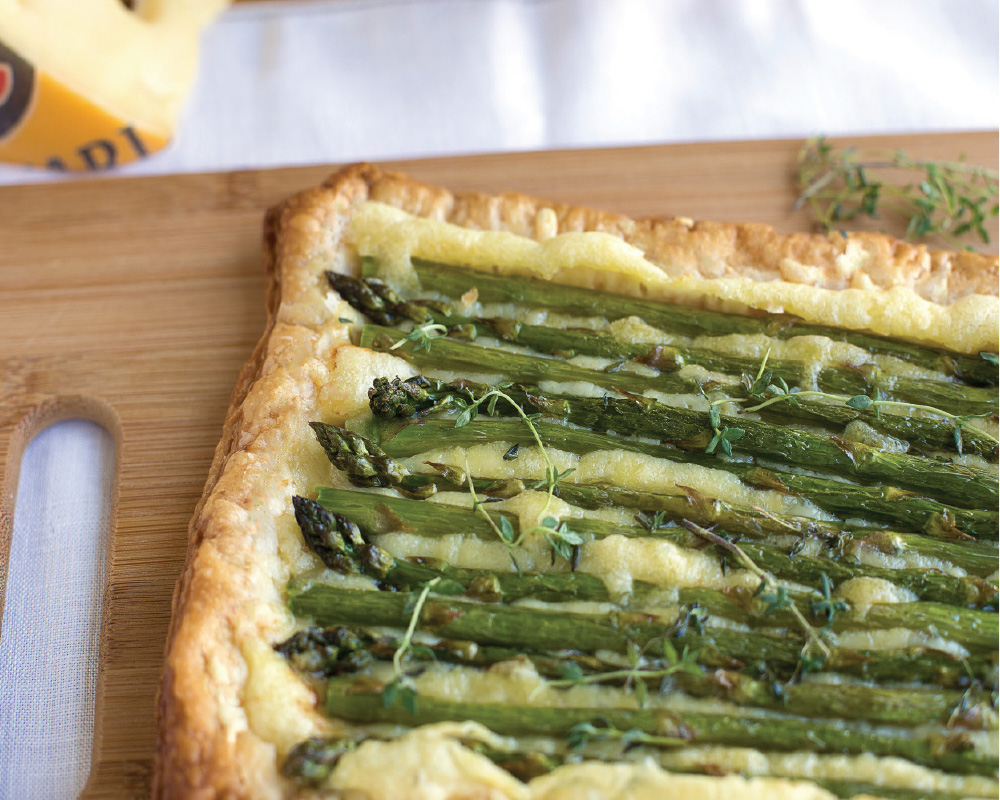Shopping for carpet can be very confusing, when so much of it looks the same to the untrained eye.
A good salesperson will first ask about your lifestyle as related to flooring. First, what’s the setting for which you’ll be using this carpet? How many children do you have? What types of pets? Do you entertain?
“Everyone has specific needs,” says Kevin Rose, President of Carpetland USA, 326 N. Alpine Road, Rockford. “It’s nice to try to tailor the correct product for their needs – not pick something (salespeople) think is going to fit into everyone’s needs.”
Next, think about fiber. The most expensive, softest and most durable carpets tend to be name-brand nylons, Rose says. Then, the next level would be polyesters, made from recycled plastic bottles. They’re extremely stain-resistant and durable, with softness that has improved vastly as plastics technology has changed in recent years.
Carpet quality can be measured – and even seen – in three factors:
Density. That’s the number of stitches per inch. More means the fibers will support each other better and resist crushing.
Twist: How many yarn twists per inch. This is perhaps the key consideration, Rose says. The tighter a carpet’s twist, the springier and more resilient it will be.
Face weight: How many ounces of fiber are used per square yard of carpet.
Backings can help indicate a carpet’s quality, and especially its moisture resistance. If you have pets, Rose says, consider carpet with moisture-proof backing.
And, Rose says: Realize the importance of good padding. Some carpet pads are even topped with a moisture-proof membrane. This is of special interest to pet owners.
“Pad is the best dollar spent in carpet,” he says. “It’s another vital element to the durability of the carpet. It takes the shock absorption, so it helps in resiliency of the fiber. If you’re going to save a buck or two, don’t do it in your pad.” ❚
















